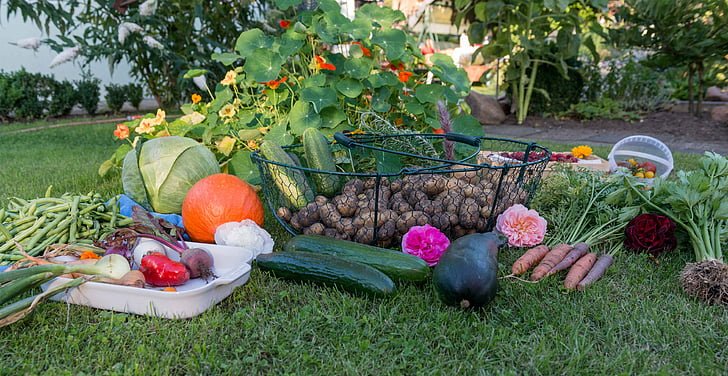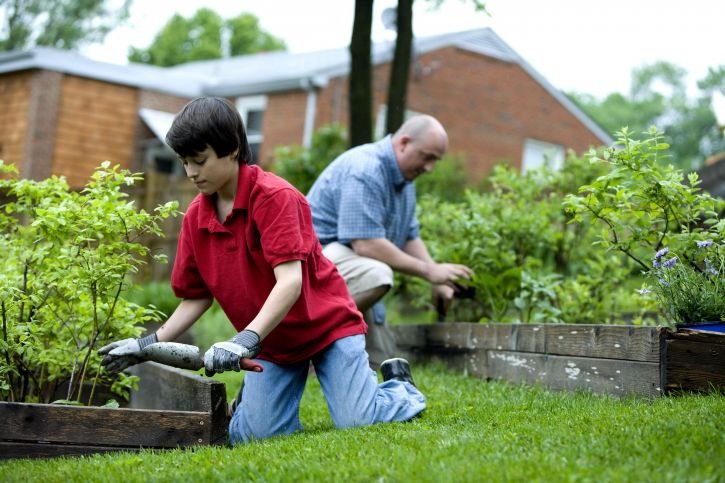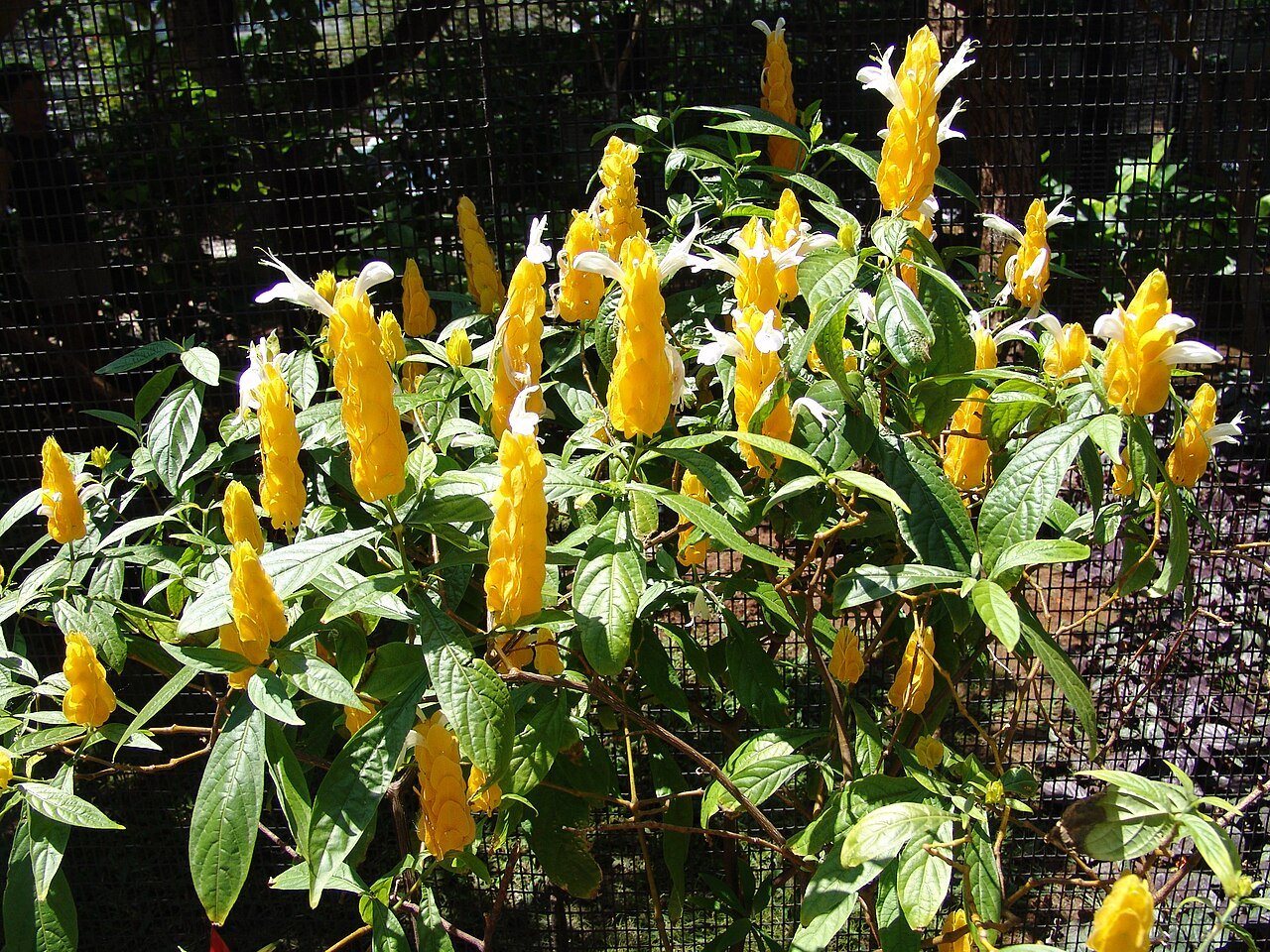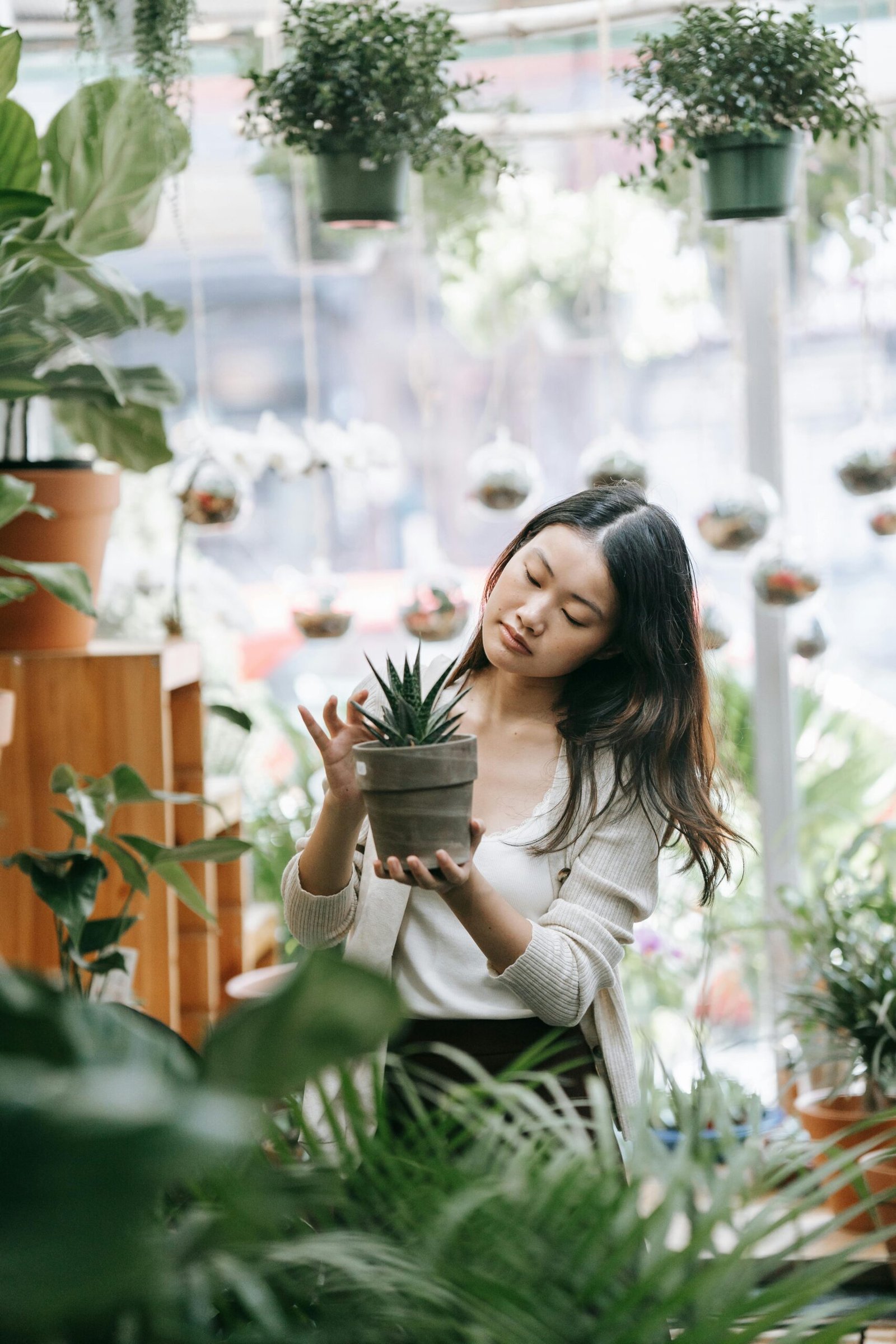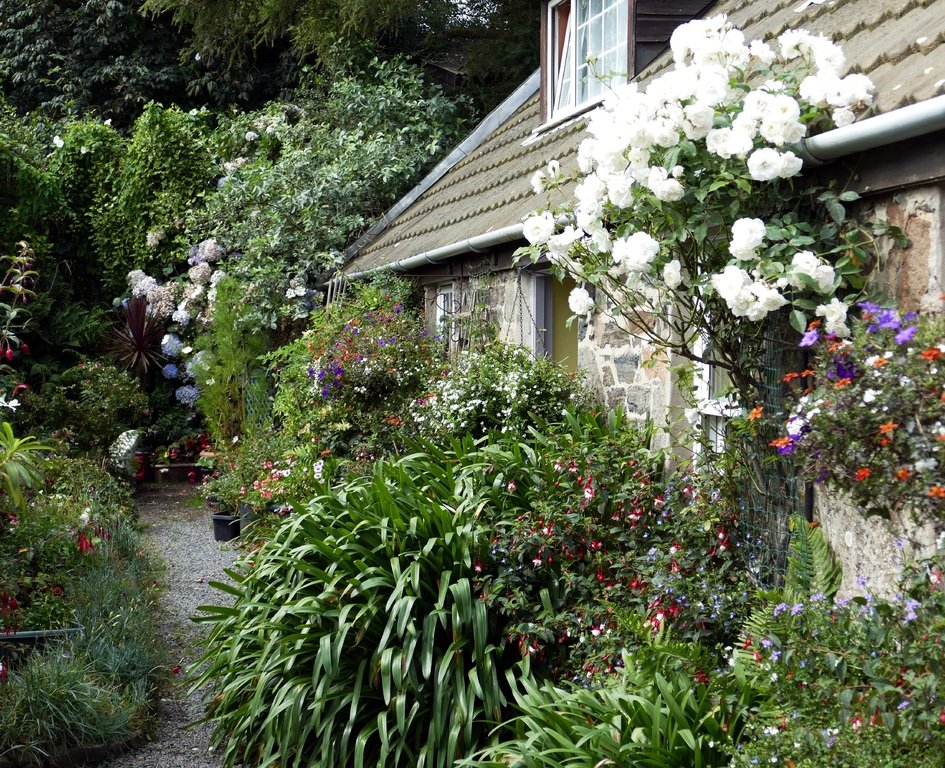Your lush, green lawn can be more than just a backdrop for outdoor activities; it has the potential to become a thriving vegetable garden. By repurposing your lawn, you can cultivate fresh, nutritious produce right at home. In this extensive guide, we’ll provide you with step-by-step instructions on turning your lawn into a stunning vegetable garden.
Table of Contents
The Benefits of a Lawn-to-Garden Transformation
Converting your lawn into a vegetable garden offers numerous advantages:
- Sustainability
Reducing your carbon footprint by growing your food lowers the need for lawnmowers, herbicides, and pesticides.
- Fresh, Healthy Produce
Homegrown vegetables are more nutritious and flavorful than store-bought counterparts, ensuring you enjoy the best of what nature offers.
- Enhanced Beauty
A well-planned vegetable garden can be just as visually pleasing as a well-manicured lawn, with vibrant plants and colorful produce enhancing your outdoor space.
- Educational Opportunity
Gardening provides valuable lessons about nature, food production, and sustainability, making it an excellent educational tool for both children and adults.
Now, let’s dive into the step-by-step process of turning your lawn into a stunning vegetable garden.
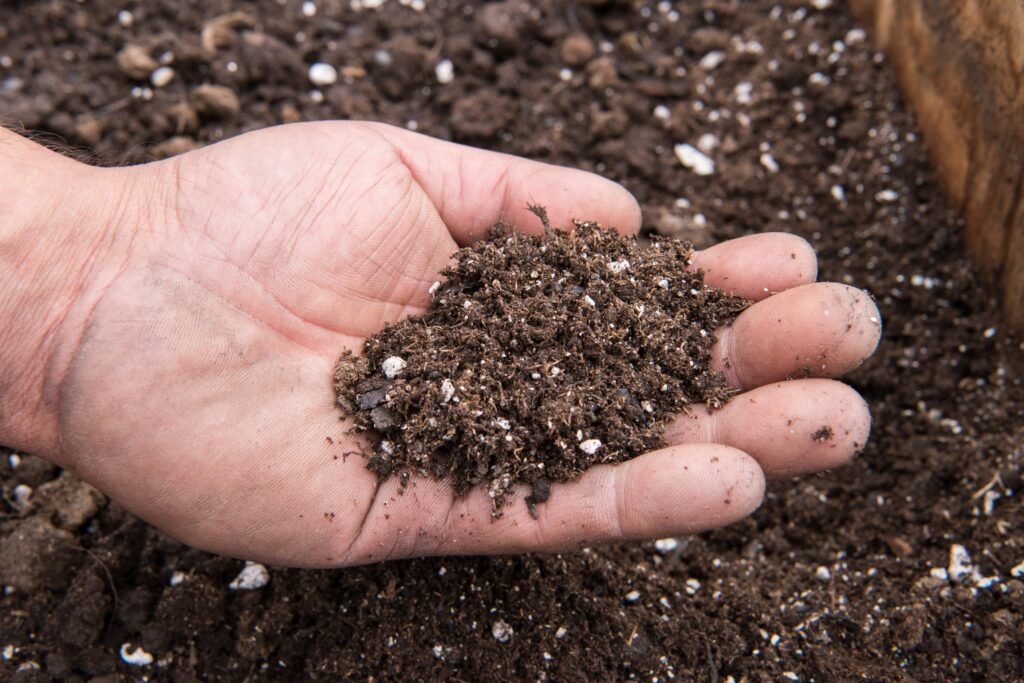
Step 1: Planning Your Vegetable Garden
Assess Your Lawn
Begin by evaluating your lawn’s current state. Identify any areas with poor drainage, excessive shade, or other challenges. Understanding your lawn’s unique characteristics will help you plan accordingly.
Choose the Right Location
Select a sunny location for your vegetable garden, as most vegetables thrive in full sunlight. Aim for at least 6-8 hours of direct sunlight per day. Ensure your chosen area has easy access to water, as consistent irrigation is essential for a productive garden.
Step 2: Lawn Removal
Methods for Removing Grass
Several methods are effective for removing grass:
- Manual Removal
While labor-intensive, manually digging up the grass with a shovel or using a sod cutter allows you to salvage the sod for other uses or compost it.
- Sheet Mulching
This eco-friendly method involves layering cardboard or newspaper over the lawn to smother the grass. It promotes soil health as the organic material breaks down.
- Tilling
Using a garden tiller to break up the grass and prepare the soil for planting can be a quick option. However, it may disrupt soil structure and lead to weed problems later on.
Dealing with Sod
If you choose manual removal or tilling, consider repurposing the sod. It can be used to fill low spots in your yard, create berms, or contribute to your compost pile.
Step 3: Soil Preparation
Soil Testing and Amendment
Conduct a soil test to determine the soil’s pH and nutrient levels. Amend the soil as needed to create optimal growing conditions for your vegetables. Common soil amendments include compost, well-rotted manure, and organic matter.
Building Healthy Garden Soil
Focus on building healthy, fertile soil. Proper soil preparation is the foundation of a successful vegetable garden. It enhances water retention, promotes root growth, and supports overall plant health.
Step 4: Garden Bed Creation
When it comes to your garden bed, you have a crucial choice to make: raised garden bed or in-ground garden bed. The decision primarily depends on your preferences and garden conditions.
Raised Beds vs. In-Ground Beds: Your Decision
The first step in crafting your garden bed is choosing between raised beds and in-ground beds. Raised garden bed, with their elevated structures, offer superior drainage and easier management. However, in-ground beds can thrive with high-quality soil.
Crafting Your Garden Bed Design and Layout
Now, let’s move on to planning your garden bed’s design and layout. This stage allows your creative gardening prowess to shine. Consider factors like optimal plant spacing, well-planned pathways, and easy access for maintenance tasks. A thoughtfully crafted garden bed design is your key to a more manageable and productive garden.
Step 5: Planting Your Vegetable Garden
Selecting Vegetables
Choose vegetables that are suitable for your climate, soil type, and personal preferences. Consider factors like crop rotation, companion planting, and succession planting to maximize your garden’s productivity.
Proper Plant Spacing
Follow recommended plant spacing guidelines to prevent overcrowding, which can lead to disease and reduced yields. Adequate spacing ensures good airflow and sunlight exposure.
Step 6: Irrigation and Mulching
Efficient Watering Techniques
Install an efficient irrigation system to ensure consistent moisture for your plants. Drip irrigation or soaker hoses are excellent choices. Water deeply and early in the day to reduce evaporation and prevent disease.
Mulching for Moisture Retention
Apply organic mulch, such as straw or wood chips, to retain soil moisture, suppress weeds, and regulate soil temperature. Mulching also adds organic matter to the soil as it breaks down.
Step 7: Garden Maintenance
Pest and Weed Control
Regularly inspect your garden for pests and weeds. Implement organic pest control methods, like neem oil or companion planting. Hand-weeding and mulching help control weeds and maintain a tidy garden.
Fertilization
Monitor your plants for signs of nutrient deficiencies and provide appropriate fertilization. Use organic fertilizers to promote soil health and minimize chemical inputs.
Step 8: Harvesting and Enjoying
Harvesting Tips
Harvest your crops at their peak ripeness for the best flavor and nutritional value. Use the appropriate tools, such as pruners or scissors, to avoid damaging plants.
Cooking with Homegrown Produce
Explore a wealth of delicious recipes to make the most of your garden-fresh produce. From crisp salads to hearty stews, your culinary creations will be bursting with flavor and nutrition.

What is a good layout for a vegetable garden?
A well-designed layout for a vegetable garden can maximize space, sunlight, and accessibility while promoting healthy plant growth. Here’s a good layout to consider:
Straight Rows
Arrange your vegetable beds in straight rows, running north to south if possible. This orientation ensures that all plants receive adequate sunlight throughout the day.
Raised Beds
Consider using raised beds, especially if your soil has poor drainage or quality. Raised beds provide better control over soil composition and prevent soil compaction.
Pathways
Leave enough space between rows for pathways. These pathways should be wide enough for easy access and maintenance, typically about 18-24 inches wide.
Companion Planting
Group plants that grow well together to maximize space and promote natural pest control. For example, plant tomatoes with basil, or beans with corn.
Vertical Gardening
Utilize vertical space by growing climbing plants like cucumbers, beans, and peas on trellises or vertical structures. This saves ground space and improves airflow.
Spacing
Follow recommended plant spacing to prevent overcrowding, which can lead to disease and reduced yields. Adequate spacing ensures good airflow and sunlight exposure.
Center Aisle
Create a central pathway down the middle of your garden for easy access. This pathway can also serve as a space for wheelbarrows or garden carts.
Mulch
Apply mulch around plants to conserve moisture, suppress weeds, and regulate soil temperature. Organic mulches like straw or wood chips work well.
Watering System
Install an efficient watering system, such as drip irrigation or soaker hoses
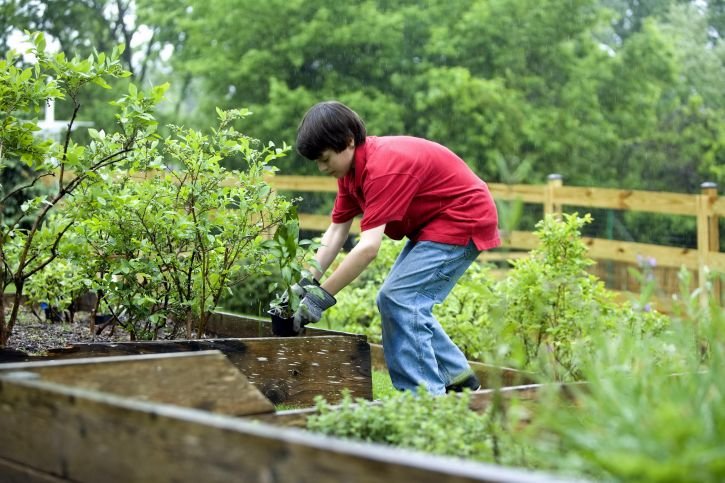
What is the best position for vegetable beds?
The best position for vegetable beds in your garden is one that maximizes sunlight exposure while considering factors like wind and water accessibility.
- Ideally, choose a location with at least 6-8 hours of direct sunlight per day for most vegetables. South-facing or southeast-facing areas often receive ample sunlight throughout the day.
- Ensure good drainage to prevent waterlogging, as excessive moisture can harm plants. Avoid low-lying areas where water tends to collect.
- Consider proximity to a water source for easy irrigation. Placing beds near a hose or irrigation system simplifies watering, a critical aspect of vegetable gardening.
- Protection from strong winds is also essential, as strong gusts can damage or uproot plants. You can use natural windbreaks like fences, shrubs, or other structures to shield your vegetable beds.
- Lastly, consider convenience. Place the beds close to your home for easy access and regular monitoring. This makes it more likely that you’ll tend to your garden regularly, leading to healthier, more productive plants.
How deep do most vegetables need to be planted?
Most vegetables are typically planted at a depth of about 1/4 to 1/2 inch (6-12 mm) in soil. However, there can be some variation depending on the specific vegetable and its size. Here are some general guidelines:
1. Small Seeds (e.g., lettuce, carrots, radishes)
Plant these seeds at a depth of about 1/4 inch (6 mm). They are tiny and should be sown shallowly.
2. Medium Seeds (e.g., beans, peas)
Plant medium-sized seeds at a depth of about 1 inch (2.5 cm). These seeds are larger and require a bit more depth.
3. Large Seeds (e.g., corn, squash)
Plant larger seeds at a depth of about 1 to 1.5 inches (2.5-4 cm). These seeds need more soil cover to germinate properly.
4. Transplants (e.g., tomatoes, peppers)
When planting vegetable transplants (seedlings), bury them up to their first set of true leaves. This provides stability and encourages strong root development.
Always refer to the specific planting instructions on seed packets or plant labels, as the recommended planting depth can vary by variety. Proper planting depth is crucial for successful germination and healthy plant growth.

How do you cover a vegetable bed?
Covering a vegetable bed involves several steps:
1. Prepare the Soil
Begin with well-prepared soil, free of weeds and debris. Ensure it’s well-amended with compost or organic matter for fertility.
2. Lay Drip Irrigation
Install a drip irrigation system if desired, ensuring even water distribution to the plants.
3. Apply Mulch
Spread a layer of organic mulch (like straw, wood chips, or compost) around the plants. Mulch conserves moisture, suppresses weeds, and regulates soil temperature.
4. Protect with Row Covers
In cooler seasons or for pest protection, consider using row covers made of lightweight fabric. These covers provide insulation and deter pests while allowing sunlight and water to penetrate.
5. Stake and Support
For taller or vining plants, provide stakes, cages, or trellises for support.
6. Monitor and Adjust
Regularly check for weed growth, adjust mulch as needed, and remove row covers when appropriate.
Which direction is good for gardening?
The direction that is typically considered good for gardening is a location that receives ample sunlight throughout the day. In most regions, this means a south-facing or southeast-facing position. Here’s why:
- Sunlight
Vegetables need a significant amount of sunlight to grow and produce fruit. A south-facing or southeast-facing garden bed receives the maximum amount of sunlight during the day, which is ideal for photosynthesis and healthy plant growth.
- Warmth
These orientations also tend to be warmer, which is beneficial for extending the growing season, especially in cooler climates.
- Good Drainage
Well-drained soil is crucial for plant health. South-facing slopes often provide better natural drainage.
However, it’s essential to consider your specific climate and local conditions. In some extremely hot regions, a west-facing garden might receive too much afternoon sun and heat, which can stress plants. In contrast, a north-facing garden may not receive enough sunlight. Therefore, while south or southeast-facing gardens are often preferred, it’s essential to assess your unique site conditions and make adjustments accordingly.
The transformation of a lawn into a vibrant and productive vegetable garden is a journey filled with both environmental and personal rewards. By following the comprehensive guide we’ve provided, you’re well-equipped to embark on this transformative adventure. Embrace the joys of gardening, learn from each experience, and relish the abundant harvests that await you in your newly created vegetable haven. In your lush, green lawn’s transformation, you’ve not only cultivated a garden but also a source of joy, sustenance, and connection with the natural world. Happy gardening!



